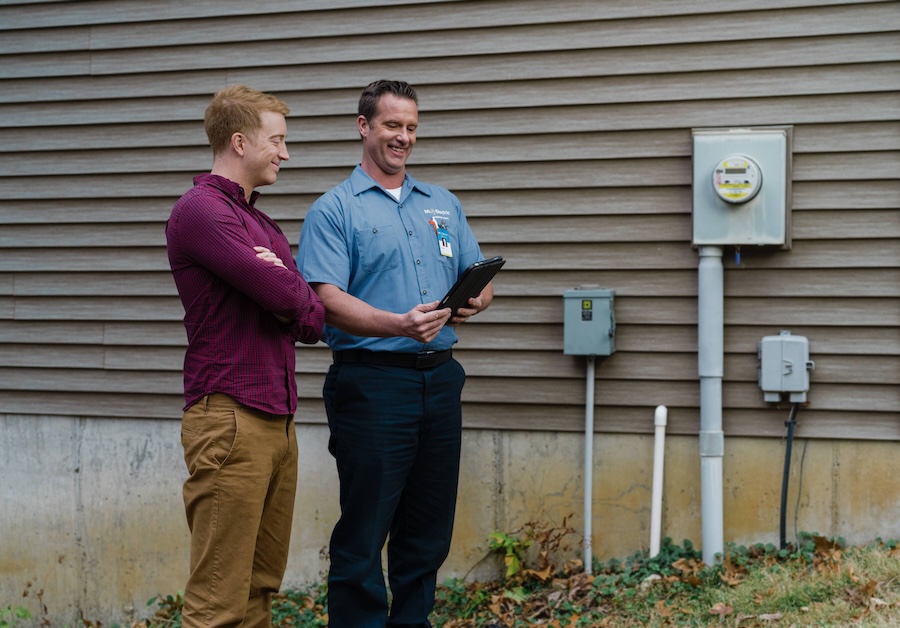Emergency Certified Electricians in Dallas, TX.
Call this Thursday to Get 10% OFF
Emergency Certified Electricians in Dallas, TX.
Call this Thursday to Get 10% OFF

If you live in an older home, chances are you may still have a fuse box instead of a modern breaker panel. While both serve the same essential purpose, they operate differently and offer varying levels of safety and convenience. Understanding the difference between the two can help you decide if it’s time for an upgrade.
In today’s article, our electricians look into the differences between a fuse box and a breaker panel. Read on to understand why it’s important to upgrade to a breaker panel if you still rely on a fuse box. Remember, Mr. Electric is the contractor to call when you need reliable and safe electrical repair services.
A fuse box was the standard electrical service equipment for homes built before the 1970s. Inside the box are fuses, which are small devices designed to protect circuits from overload. When too much electricity flows through a circuit, the fuse “blows,” meaning a thin strip of metal inside melts and cuts off the power. While this protects your home from potential fire hazards, it comes with some drawbacks.
First, fuses need to be physically replaced every time they blow, which can be inconvenient and sometimes costly. In addition, many older fuse boxes were designed for 60-amp or 100-amp service, which isn’t enough to handle today’s power-hungry appliances and electronics. Running modern HVAC systems, kitchen appliances, and high-tech devices on outdated service puts strain on the electrical system and increases the risk of overheating or fire.
Breaker panels, also known as circuit breaker boxes, replaced fuse boxes starting in the 1970s. Instead of fuses, breaker panels use switches called circuit breakers to control the flow of electricity. When a circuit is overloaded, the breaker automatically trips and shuts off power. Unlike fuses, breakers don’t need to be replaced after tripping; they can simply be reset with the flip of a switch.
Breaker panels are designed with higher electrical capacity, typically starting at 100 amps and going up to 200 amps or more for larger homes. This makes them much better suited for today’s electrical demands. They also make it easier to expand or upgrade your system if you add new appliances, a home office, or even an electric vehicle charging station.
The type of electrical panel in your home impacts safety, convenience, and long-term costs. Fuse boxes may still function, but they’re considered outdated and often struggle to keep up with modern living. Home insurance companies sometimes charge higher premiums or even deny coverage if your home still has a fuse box, due to the increased fire risk.
On the other hand, breaker panels are safer, more reliable, and easier to manage. If a breaker trips, you won’t need to fumble with replacement fuses; a quick reset restores power. Breaker panels also allow for better compatibility with GFCIs and AFCIs, which provide added protection against shocks and electrical fires.
If you live in an older home built before the 1970s—1980s, you probably have a fuse box instead of a reliable electrical panel. Many of these homes were originally wired with 60-amp or 100-amp electrical service, which was sufficient back then but falls short for today’s higher energy demands. Mr. Electric is here to help you install a breaker panel in your home and upgrade your electrical wiring to match the power requirements of modern living. Give us a call today to schedule electrical panel replacement service and request a free quote.